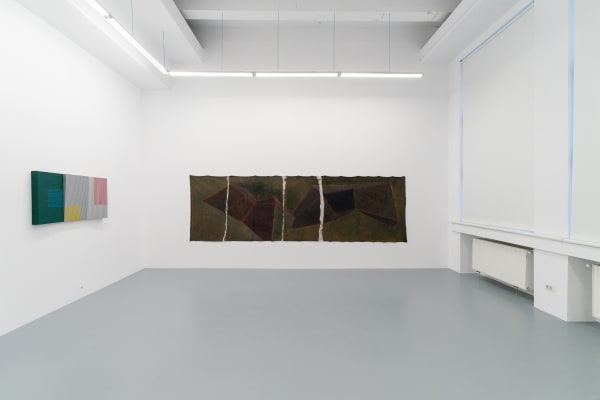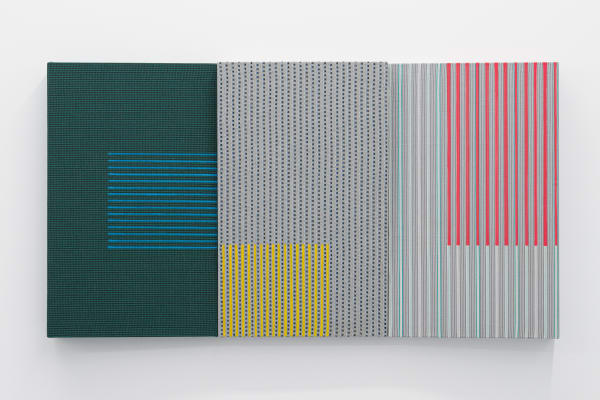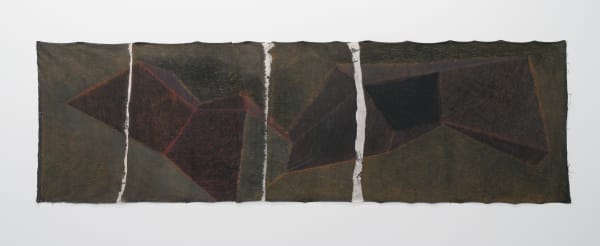RUBIN'S VASE: SORIN NEAMȚU & RADU COMȘA
The exhibition "Rubin's Vase" proposes a unique dialogue between two contemporary artists from the west of the country, with a completely different approach to painting and image issues, whose unexpected resonance occurs in anti-representation.
For Sorin Neamțu, with an artistic education in Timișoara as Constantin Flondor’ student (2006), drawing and painting are mediated by continuous self-analysis and self-reference, being used as witnesses to his own transformations. The painting process is studied between rational research and emotional contemplation, with a programmatic charge. Often, the forms and structures he achieves come at the end of an approach where reason and reflection succumb to a meditative effort.
Radu Comșa, with an artistic education in Cluj, is one of the representatives of the post-2000 generation. He is distinguished by his radicalized position against the iconic narrations specific to his contemporaries. Painting is a field of research of his curiosities, a kind of subjective laboratory, where the traditional toolkit, sometimes playfully, other times conceptually, intertwines with contemporaneity through quotation and installation and with applied arts, such as design and textiles, exploring and exploiting the anthropometric limitations and deviations of human visual perception.
-

SORIN NEAMȚU, UNTITLED, 2023
-

Radu Comșa, RGB (RED-BLIND/ PROTANOPIA) TRIPTYCH & RGB (BLUE CONE MONOCHROMACY/ ACHROMATOMALY) TRIPTYCH, 2023
-

Radu Comșa, INSTANT CHROMATOLOGY (SERIES), 2023
-

Sorin Neamțu, UNTITLED, 2023
-

Radu Comșa, NEUF, 2020-2023
-

Radu Comșa, CHROMATIC MODULE, 2023 (View 1)
-

Radu Comșa, CHROMATIC MODULE, 2023 (View 2)
-

Radu Comșa, CHROMATIC MODULE, 2023 (View 3)
-

Sorin Neamțu, UNTITLED, 2023
-

Sorin Neamțu, UNTITLED, 2023
-

Radu Comșa, RECYCLED GEOMETRIES (TRIPTYCH) 2023
-

Sorin Neamțu, UNTITLED, 2023
-

Sorin Neamțu, SELF IDENTICAL (1,2,3) 2022-2023
-

Sorin Neamțu, UNTITLED 2023
-

Rubin‘s Vase featured in Artviewer.net
Radu Comșa and Sorin Neamțu at Arsmonitor December 7, 2023We are pleased to announce that the Rubin's Vase duo exhibition dedicated to Sorin Neamțu and Radu Comșa visual dialogue has been selected to be...Read more -
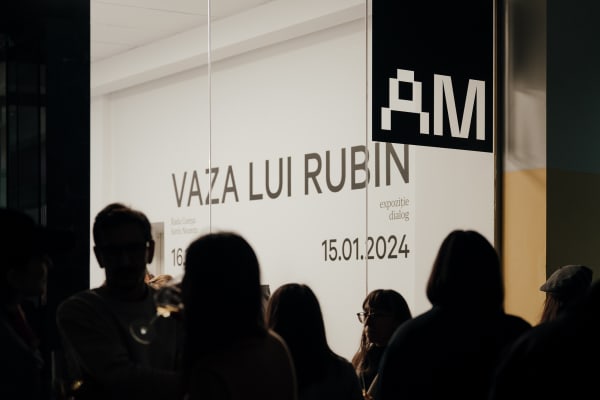
Rubin‘s Vase featured in Contemporary Art Issue
November 29, 2023We are pleased to announce that the Rubin's Vase duo exhibition dedicated to Sorin Neamțu and Radu Comșa visual dialogue has been selected to be...Read more -
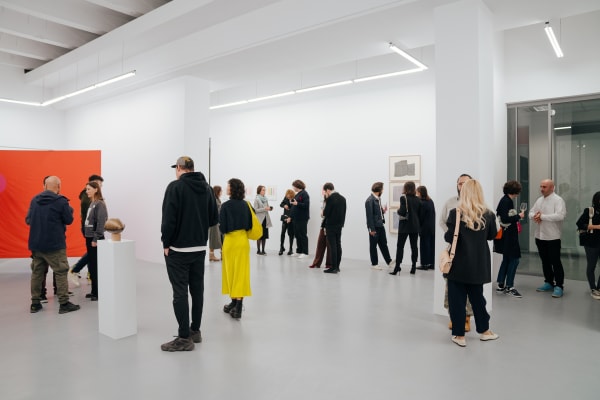
Rubin‘s Vase press release in Adevărul
November 20, 2023The curatorial program of Arsmonitor Gallery continues with the dialogue exhibition titled 'Rubin's Vase,' which opened on November 16th and will be on view to...Read more -
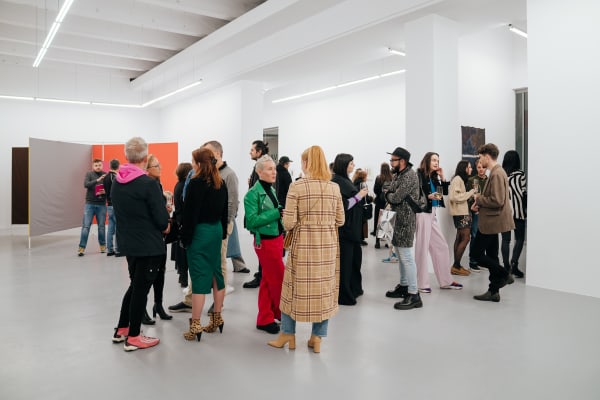
Rubin's Vase press release in Feeder.ro
November 16, 2023The curatorial program of Arsmonitor Gallery continues with the dialogue exhibition titled Rubin's Vase , which will open on November 16th and will be on...Read more -
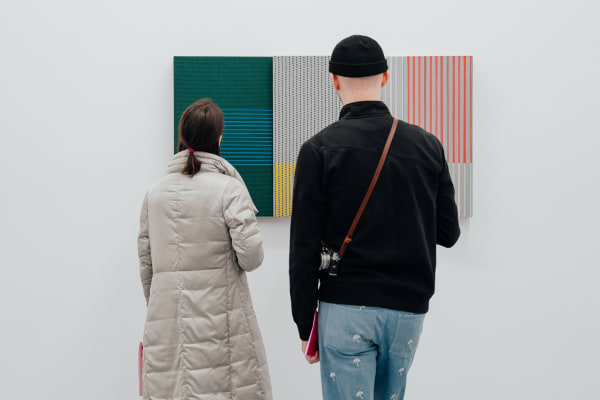
Rubin's Vase press release in URBAN
November 15, 2023The curatorial program of Arsmonitor Gallery continues with the dialogue exhibition titled Rubin's Vase , which will open on November 16th and will be on...Read more -
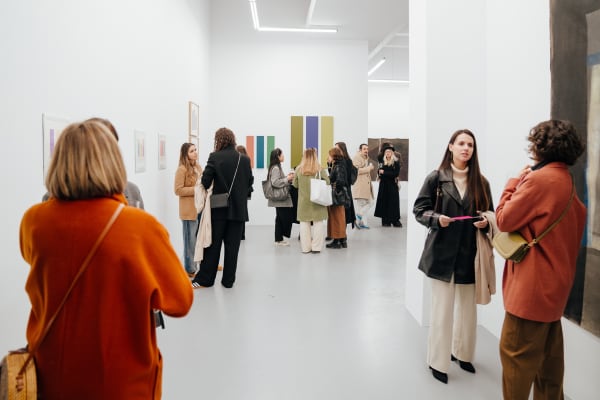
Rubin's Vase press release in Revista BIZ
November 13, 2023After a successful first exhibition, the curatorial program of Arsmonitor Gallery continues with the dialogue exhibition titled Rubin's Vase , which will open on November...Read more -
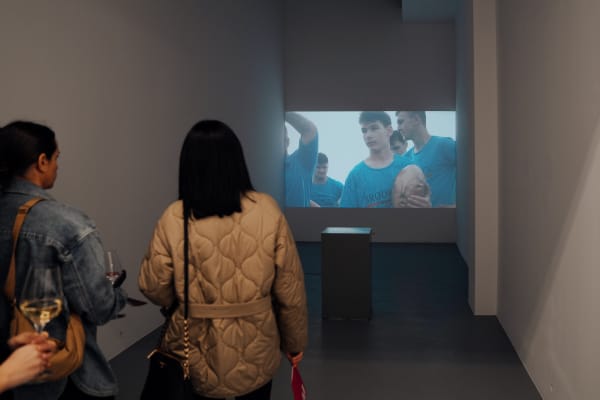
Rubin's Vase press release in IGLOO
November 13, 2023The curatorial program of Arsmonitor Gallery continues with the dialogue exhibition titled Rubin's Vase , which will open on November 16th and will be on...Read more -
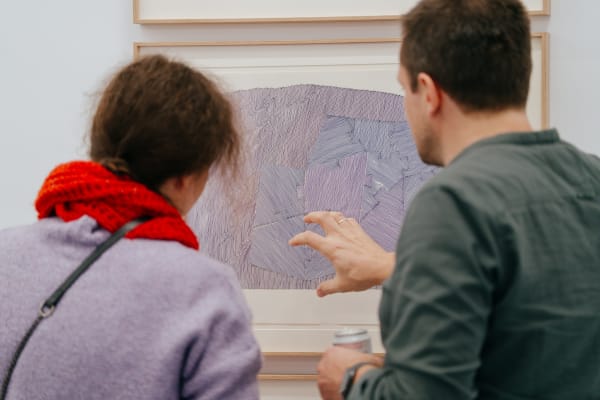
Rubin's Vase press release in Modernism.ro
November 13, 2023The exhibition Rubin's Vase. Neamțu/Comșa presents a unique dialogue between two contemporary artists from western Romania, each with a completely different approach to painting and...Read more -

Rubin's Vase press release in iQads
November 13, 2023After a successful first exhibition, the curatorial program of Arsmonitor Gallery continues with the dialogue exhibition titled Rubin's Vase , which will open on November...Read more




